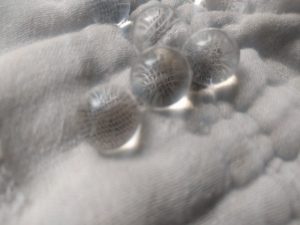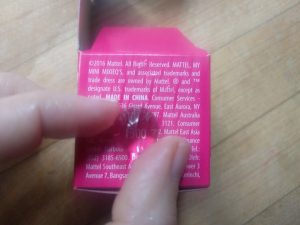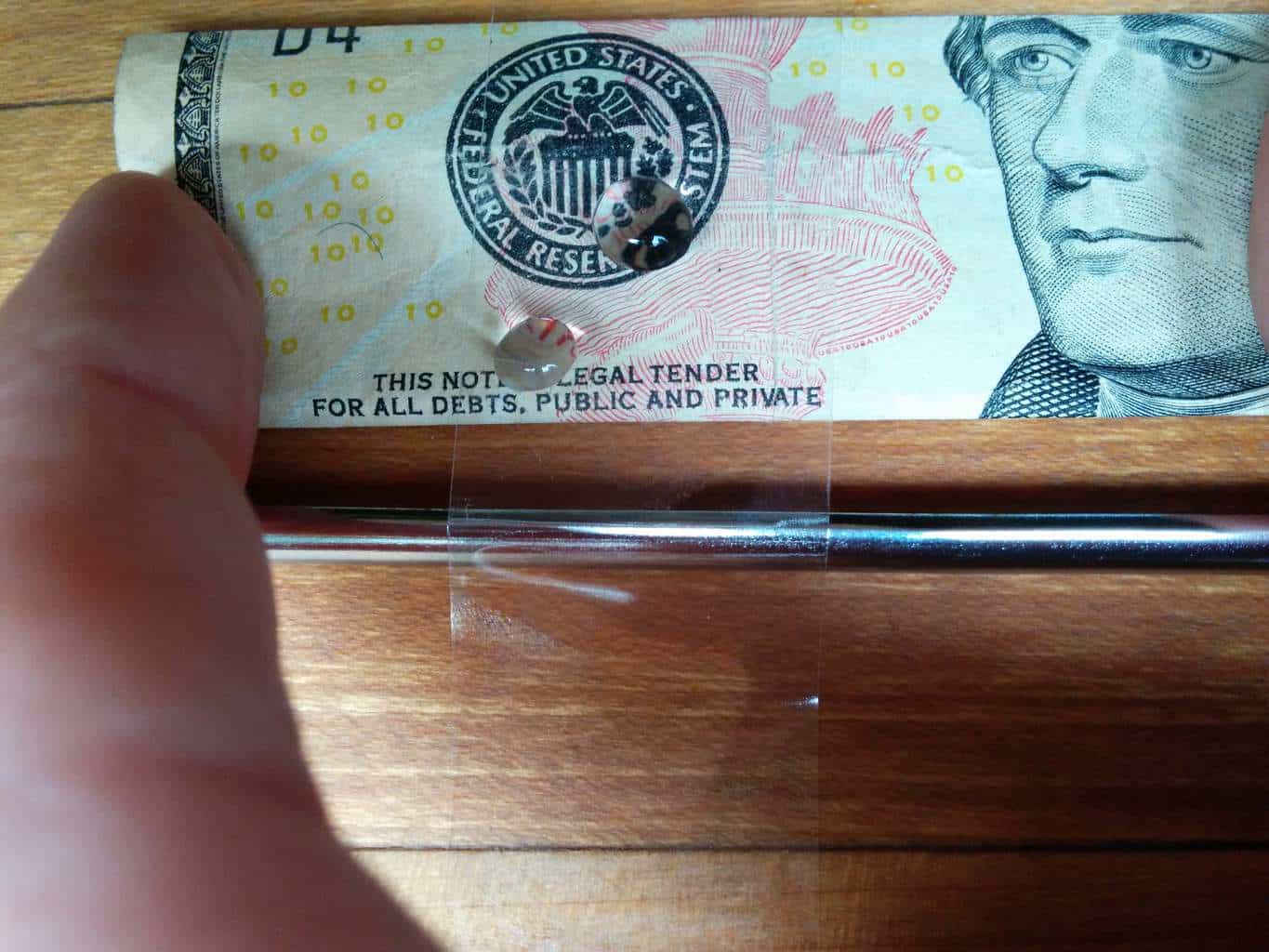Learn how lenses can affect what we see
Cheap and easy kids microscopes made of water!
Ever want to help your child get a closer look at their surroundings? Now you can with this easy to make kids microscope you can make with items lying around your house. If you want a more rugged kids microscope, we suggest this one that is great for beginners. If you just want a cheap activity that will garner a lot of interest for the day, I would suggest making one of our water microscopes that are fun for kids.
What you need to make a water microscope
- Glass slide (see below if you don’t have one!)
- Water drop or transparent water beads
Don’t have a glass slide on hand? That’s OK, you can use a piece of crystal clear tape across chopsticks or popsicle sticks!
How to make your easy kids water microscope
If you have a glass slide all you need to do is put a drop of water on the slide and put the slide close to anything under the sun. Leaves, bugs, sugar, newsprint are all great specimens.
If you are using tape and chopsticks, place the chopsticks 2 inches apart. Stretch a piece of tape across. Add the water on and slide your specimens under the tape to magnify them!
One of our favorite items to look at are US $5, $10 or $20 dollar bills. Their new security features involve writing the amounts in small print, can you find all the interesting places they are hidden? Need some hints on where to look? Here is one. And if you are still stumped, here is another!
Making a water bead microscope

 All you need to make a kids microscope out of water beads are hydrated water beads. These transparent long polymers have a different index of refraction than air and create small, cheap spherical lenses. These work great if you want to investigate things on a slide, small print, or fibers.
All you need to make a kids microscope out of water beads are hydrated water beads. These transparent long polymers have a different index of refraction than air and create small, cheap spherical lenses. These work great if you want to investigate things on a slide, small print, or fibers.
They are also really cheap – you can get about 5,000 of them for under $10. I like the use of transparent water beads as little traveling microscopes for kids since they are so cheap and fun to carry around.
Questions to ponder during your homemade water microscope project
- What is the shape of the water drop? What other things in everyday life have these shapes?
- How do lenses bend light?
- If you make a larger drop, does the magnification increase or decrease? How does adding more water to your drop change the shape of the water drop?
- What happens if you make a teenie tiny drop? How does the shape change when the drop is smaller?
- Can you figure out a way to light your specimen and take photographs? Make sure to upload them to social media tagged #RosieResearch!
How your DIY water microscope works
The surface tension of water can be seen on a daily basis. From water beads on flower petals after a spring rain to water dripping from a tap. Surface tension in water is due to hydrogen bonding between water molecules and is what holds the drop of water together.
The curvature of the water drop is similar to curves you would find on all sorts of lenses. Glasses, camera lenses, and magnifying glasses all have curvature. The stronger the curve the stronger the magnification. This is because the lens (in our case the water in our kids’ microscope) bends light, and the more curved the surface, the more the light bends.
As light enters the water drop it slows down and changes direction. This phenomenon is called refraction. When light hits a curved surface that is convex, like a water drop, it bends outward. So how does that change the magnification?

Your water drop kids microscope and magnifying glasses, in general, create what we call a virtual image behind the lens. This is because all of the light rays diverge, but our brains backtrack the light rays to create a virtual image. In our microscope that virtual image appears closer and thus larger or magnified.
What is the magnification of your kids’ water microscope? Depending on the size of your water drop the magnification can range wildly, from x6 to x30 and even higher if you use a small metal ring to contain the water drop even more. Some studies have shown a x50 using a 2mm metal ring!
Thrive Leads Shortcode could not be rendered, please check it in Thrive Leads Section!

2 thoughts on “Build your Own Kids Microscope”
Comments are closed.